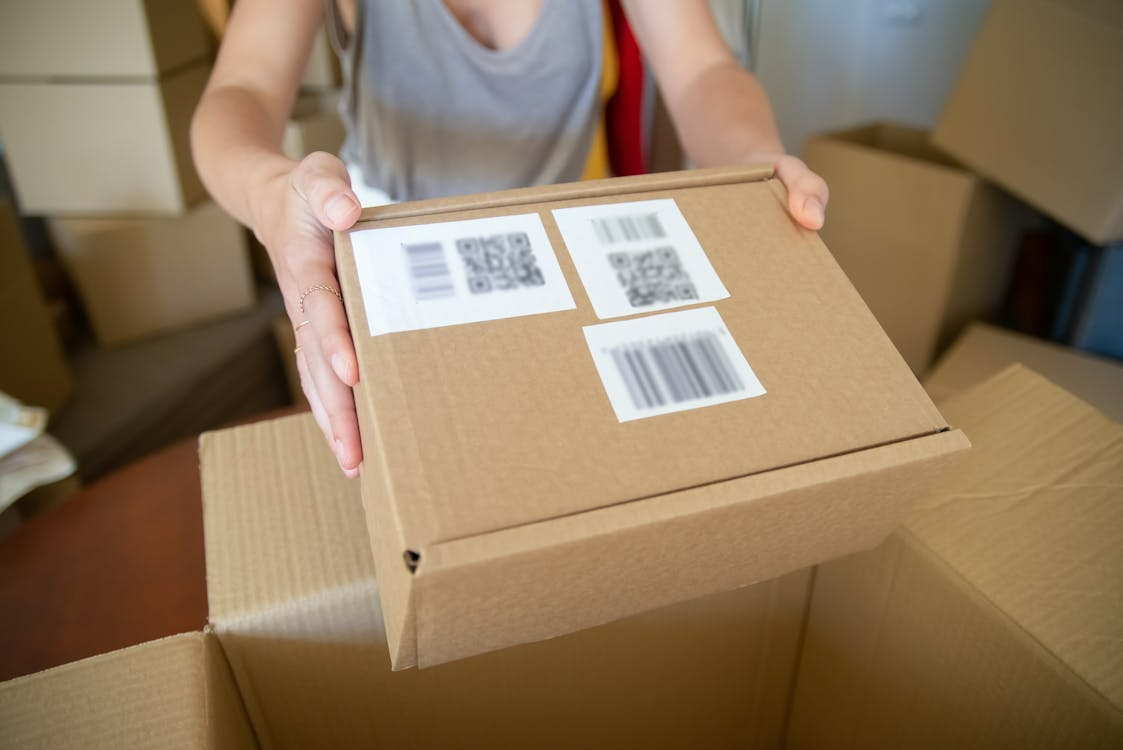As nations continue to feel pressure to enforce more sustainable alternatives in their policies and regulations, environmental concerns remain in the limelight of public discourse. While it is true that leaders are the captains who steer the sustainability ship in the right direction, it takes a whole crew to bring everyone to the destination, which is a sustainable planet. Often, regular citizens tend to forget their share of accountability in keeping the environment safe and thriving.
Thus, the significance of organizing community-led engagements, such as cleanup drives or tree-planting activities, cannot be any more overstated. These events deserve the hype, as they are pivotal in nurturing more sustainable practices and driving awareness to the younger generation. They also serve as a powerful reminder of the collective responsibility that human beings share in maintaining the planet they call home.
Australia, known for its picturesque shorelines and thriving urban life, is currently in the middle of achieving its environmental project plan that targets a zero-waste future. One of the many effective strategies they’ve employed over the years is organizing cleanup drives whenever possible.
The most iconic Clean Up Australia Day proves to be the most instrumental in drawing a crowd and highlighting people’s attention to the pressing issues of waste management and rallying the community for collective action. However, this is not the only initiative that encourages people to go out and do their part in waste management. There is other nationally or locally led activities that are worth participating in. Some organizations even allow you to start your own event and assist you with all you need for its preparation.
Annual Clean Up Events
Clean Up Australia Day
Clean Up Australia Day, the flagship of all cleanup drives in Australia was launched in 1989 and happens on the first Sunday of March every year. Volunteers across the country take to the public places in their area with cleaning gear to rid their streets, beaches, parks, waterways, and bushlands of accumulated rubbish. Over the years, this drive has sustained its popularity, with roughly 934,433 registrants to 12,474 sites just last year.
This recent drive has also shed light on the concerning issue surrounding the current plastic waste challenges in Australia, as 63% of the collected rubbish was plastics, a 17% increase from the previous year. Recently, it has been announced that Australia is one of the biggest generators of single-use plastic waste per capita worldwide. This serves as a wake-up call for the community to be more purposeful with their consumption, where they develop a mindset of purchasing stuff for its longevity and recyclability.
Great Spring Clean
Great Spring Clean is a relatively new initiative to get people out of their homes and do some spring cleaning in the environment every September. As people are already making an annual ritual of spring cleaning their houses, it is only fitting to extend this tradition to our ultimate home: Mother Nature.
This initiative was organized to address people’s concerns of not knowing how to act on their worries about the deteriorating environment. Registration is free, and participants were given a free Clean Up Kit, which contains gloves, bags, and other tools to fully equip them to clean their community’s public spaces.
Outcomes of Clean Up Events
CleanUp Events can only have positive outcomes, as they touch various facets of the country’s environment and community. The aftereffects of these activities leave volunteers feeling not only productive but also empowered that they have made a significant contribution to making the world a better place to live in. However, the abundance of positive results also extends to the overall well-being of the environment and community.
Reduction in Litter – Perhaps the most straightforward result of cleanup events is the apparent reduction of litter across the participating areas. These drives usually target public places, including parks, shorelines, waterways, streets, and other urban areas. By removing junk, waste, and general litter, volunteers have transformed these spaces into safer and more pleasant places to loiter, hang out, or just pass by.
Improved Environmental Awareness – As the driving point of these events is to become more responsible for the environment, it becomes a great avenue to serve as an educational platform, fostering environmental awareness and emphasizing the consequences of improper waste management and pollution. Volunteers not only gain a deeper understanding of their responsibility as eco-warriors, but they also bring home new strategies for responsible waste disposal and recycling.
Fostering Community Belongingness – Community-led activities, such as these cleanup drives, foster a sense of belongingness for the locals. Everyone coming together, not minding any diversity of their background, young and old, families and corporate teams, come together to work towards the same goal. This collective action strengthens social bonds and induces a sense of connection.
Preservation of the Ecosystem – The reduction of litter has a direct positive effect on the country’s ecosystems. Cleanup drives are not just about keeping our spaces clean and visually pleasing. It is also vital in protecting local wildlife, reducing the risk of pollutants entering the waterways, and preventing harm to marine life.
Highlighting the Heart of Cleanup Events: The Volunteers
Cleanup events are deemed useless without volunteers. They are the essence of the whole initiative, and their passion and dedication to environmental conservation drive the entire event to fruition. Volunteers may come from different backgrounds, but they do not let it limit them with their commitment to making their city a cleaner and more sustainable place to live in.
Organize a Cleanup Drive in Your Community with These Simple Steps
Organizing a cleanup drive can be simple and does not need to be large-scale to be considered successful. It can be as straightforward as something you can do in lieu of a birthday party or celebrating a milestone. Here are some general but essential steps to guide you:
- Define your goal. Before starting the process, clearly outline your objectives for the event. Since you are only doing a small-scale event, and probably expect hundreds at most to show up, identify the areas needing cleanup and define the environmental issues you want to address. Will it be a simple litter collection, or are you adding beauty accents to the space? You can focus on a theme if you’ve pinpointed these details beforehand.
- Assemble an Organizing Team. Build a dedicated team who share your passion for being an eco-warrior. Finding individuals who enjoy the complexity of the logistics of putting an event together is also a plus. Assign clear roles and responsibilities to ensure that coordination and communication are efficient.
- Select a Date and Location. Choose a date that works for your team and one where your target volunteers will likely be free. You must also consider factors such as weather, accessibility, and safety of the location and assess whether this location needs the most attention.
- Obtain Necessary Permits. Medium to Large-scale events usually require permits from local authorities. Reach out to them in advance for advice on what specific regulations you need to comply with, and maybe recruit them to help in the event to ensure that the whole thing goes smoothly.
- Promote Your Event. If your cleanup drive is for you or your loved one’s birthday or special event, hand out your invitations ahead of time to give them adequate room to prepare. If it is intended to be a public event, announce it to different channels, such as social media, local newspapers, community groups, and even schools, to spread the word and encourage participation. Ensure you provide a contact point for people interested in knowing more details.
- Gather enough and appropriate supplies. Procure and organize cleaning supplies, including gloves, recycled trash bags, bins, and other safety equipment for your volunteers. Prioritize safety in your chosen tools, and ensure you provide people with proper guidelines on potential hazards and safe cleanup.
- Ensure Sustainable Practices. Properly segregate your gathered piles of junk, waste, and general litter. You may need help from rubbish removal professionals to handle and manage the recycling of appropriate materials. If you require a rubbish removal company to partner with, you can visit this site for a good reference. These professionals can also be a resource to educate your volunteers on the new trends of proper waste management for household or commercial waste.
- Document your Efforts. Make sure to capture the event’s success through photos and videos to showcase the impact of your cleanup event and create a following with your community. These materials can be used to drive awareness and inspire others to join your cause.
- Post-Event Reflection. Reflect on the cleanup event’s outcomes by documenting waste collected, location improvements, and gathering feedback from your team and volunteers on their overall experience. This data can guide future cleanup initiatives or even extend to other activities promoting environmental conservation.
Cleanup drives function as more than just an activity to beautify your community. It is an initiative that fosters community engagement among volunteers and an informative platform for people interested in protecting the environment or adopting a more sustainable lifestyle.
More than that, it is also a testament that the local government and organizations are aware of the waste management issues in your area and are doing something to fix them. It encourages a sense of collective accountability to a shared problem and unity among people who aim to address it. Australia has an ambitious goal of a zero-free future, and you can be part of the generation that made that dream come true, one litter at a time.
























































































































